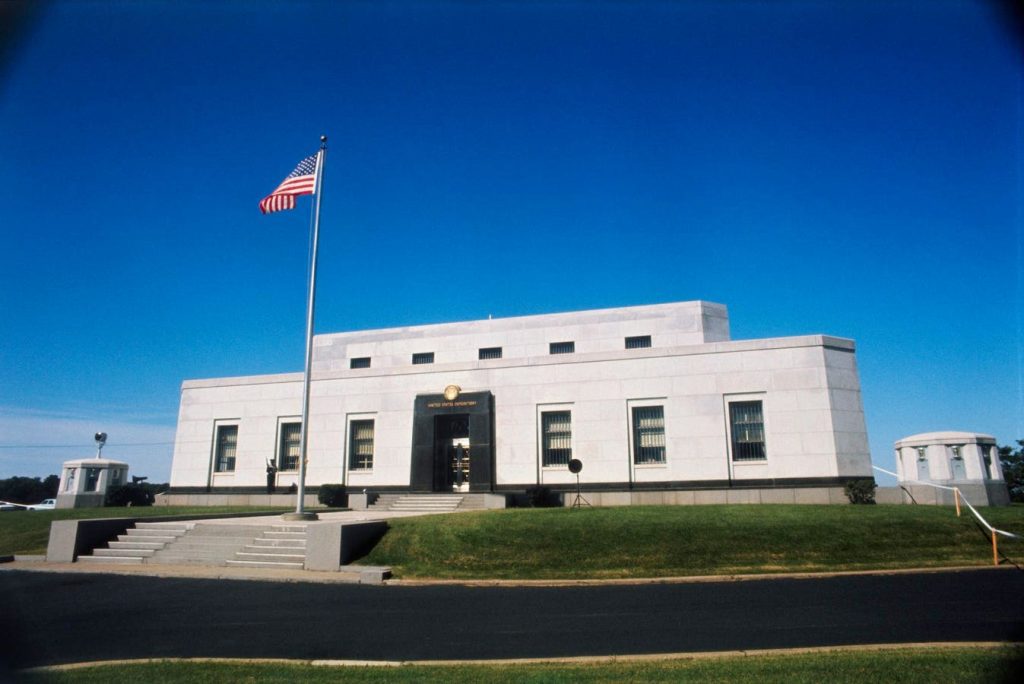Reevaluation of Fort Knox’s Gold: A Viable Option?
Gold prices have surged over 40% in the last year, climbing from below $2,400 to over $3,400 per ounce. In contrast, the national debt is nearing $37 trillion, reviving discussions about revaluing government gold reserves for financial gain.
Federal Reserve Research on Gold Reserves
A recent research note from the Federal Reserve introduces the possibility of increasing cash by revaluing gold reserves. Although this concept has long been dismissed, it appears more plausible after the Fed’s August 1 publication titled “Official Reserve Revaluations: The International Experience.” This note details how five nations have leveraged gains from their gold holdings to raise funds.
Case Studies from Other Countries
The report examines instances from Germany, Italy, Lebanon, Curacao, Saint Martin, and South Africa, noting that some countries utilized revaluation proceeds to decrease debt or mitigate central bank losses. These examples highlight how nations have accessed hidden value without needing to increase taxes or issue new bonds.
U.S. Gold Valuation Context
Currently, the U.S. Treasury values its gold at $42.22 per ounce, a rate established in 1973, totaling around $11 billion based on its 261.5 million ounces, most of which is stored at Fort Knox. However, at today’s market prices, this gold would be worth over $750 billion. Revaluation would involve adjusting its accounting value rather than selling the gold itself.
Mechanics of Value Adjustment
The Treasury could elevate the value of U.S. gold reserves through a few accounting measures—such as retiring the current gold certificate and establishing a new, possibly higher, official gold price. By transferring the gold to the Federal Reserve at this new valuation, the Treasury could create substantial new funds without physically moving any gold.
Potential Uses for the Inflow of Cash
This newly generated cash could help pay down national debt or fund new initiatives. Notably, recent proposals from Wyoming Senator Cynthia Lummis suggest utilizing revaluation proceeds to establish a sovereign wealth fund or a strategic Bitcoin reserve, ideas previously discussed by President Donald Trump.
Concerns and Political Ramifications
While the potential benefits are appealing, increasing the Treasury’s funds may also heighten the money supply, risking inflation. Critics have labeled the idea as a form of accounting manipulation. Historical precedents, such as the 1934 gold revaluation, resulted in significant changes to monetary policy that sidelined the Federal Reserve. This background may explain the hesitancy among officials to adopt such measures.



